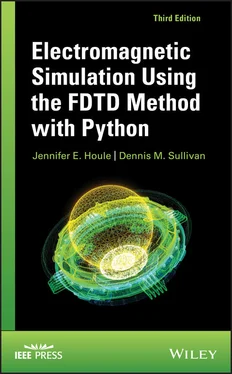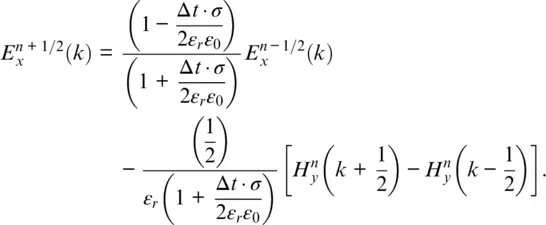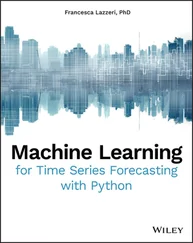Dennis M. Sullivan - Electromagnetic Simulation Using the FDTD Method with Python
Здесь есть возможность читать онлайн «Dennis M. Sullivan - Electromagnetic Simulation Using the FDTD Method with Python» — ознакомительный отрывок электронной книги совершенно бесплатно, а после прочтения отрывка купить полную версию. В некоторых случаях можно слушать аудио, скачать через торрент в формате fb2 и присутствует краткое содержание. Жанр: unrecognised, на английском языке. Описание произведения, (предисловие) а так же отзывы посетителей доступны на портале библиотеки ЛибКат.
- Название:Electromagnetic Simulation Using the FDTD Method with Python
- Автор:
- Жанр:
- Год:неизвестен
- ISBN:нет данных
- Рейтинг книги:4 / 5. Голосов: 1
-
Избранное:Добавить в избранное
- Отзывы:
-
Ваша оценка:
Electromagnetic Simulation Using the FDTD Method with Python: краткое содержание, описание и аннотация
Предлагаем к чтению аннотацию, описание, краткое содержание или предисловие (зависит от того, что написал сам автор книги «Electromagnetic Simulation Using the FDTD Method with Python»). Если вы не нашли необходимую информацию о книге — напишите в комментариях, мы постараемся отыскать её.
Electromagnetic Simulation Using the FDTD Method with Python, Third Edition Electromagnetic Simulation Using the FDTD Method with Python Guides the reader from basic programs to complex, three-dimensional programs in a tutorial fashion Includes a rewritten fifth chapter that illustrates the most interesting applications in FDTD and the advanced graphics techniques of Python Covers peripheral topics pertinent to time-domain simulation, such as Z-transforms and the discrete Fourier transform Provides Python simulation programs on an accompanying website An ideal book for senior undergraduate engineering students studying FDTD,
will also benefit scientists and engineers interested in the subject.
































